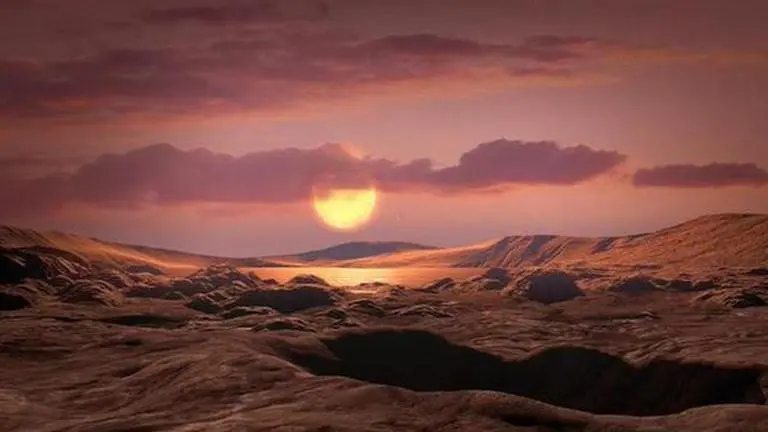Updated 16 April 2020 at 02:37 IST
NASA finds Earth-size habitable zone exoplanet hidden in early Kepler observations
The United States' national space agency NASA has discovered an earth-size exoplanet orbiting in its star's habitable zone while looking through the old data
- Science News
- 2 min read

The United States' national space agency NASA has found an earth-size exoplanet orbiting in its star's habitable zone. According to NASA, the new possible planet called 'Kepler-1649c' was discovered while looking through the old observations from the agency's Kepler data.
A whole new world! An Earth-size exoplanet has been found orbiting in its star's habitable zone, the area around a star where a rocky planet could support liquid water.
— NASA (@NASA) April 15, 2020
Find out about this intriguing discovery by our @NASAExoplanets Kepler mission: https://t.co/PfEUtiJPX6 pic.twitter.com/4FZW2tVgGf
About Kepler-1649c
Reportedly, the planet is located 300 light-years from Earth and it provides an entirely new look at its home system. While the planet is just 1.06 times larger than Earth, its estimated temperature is almost the same. Further, it receives around 75% of the amount of light that Earth receives from the Sun.
However, according to NASA, the new possible planet orbits a red dwarf-- which is known for stellar flare-ups that may make a planet's environment challenging for any potential life. As per reports, the red dwarf stars are among the most common stars in the galaxy.
Advertisement
While the scientists are looking for evidence of a third planet, they have not found positive results yet. According to NASA, this could be because the planet is too small to see or at an orbital tilt that makes it impossible to find using Kepler's transit method. Meanwhile, there are other exoplanets that are estimated to be closer to the Earth in sizes such as Teegarden c and TRAPPIST-1f.
Advertisement
Water discovered on exoplanet
Last year in September, NASA's Hubble telescope had discovered water for the first time in the atmosphere of an exoplanet with Earth-like temperatures that could support life. According to reports, the exoplanet called K2-18b orbits in its star's habitable zone and this distance is neither too far nor too close for water to exist in liquid form.
(Image Credits: Twitter/@NASA)
Published By : Manjiri Chitre
Published On: 16 April 2020 at 02:37 IST
